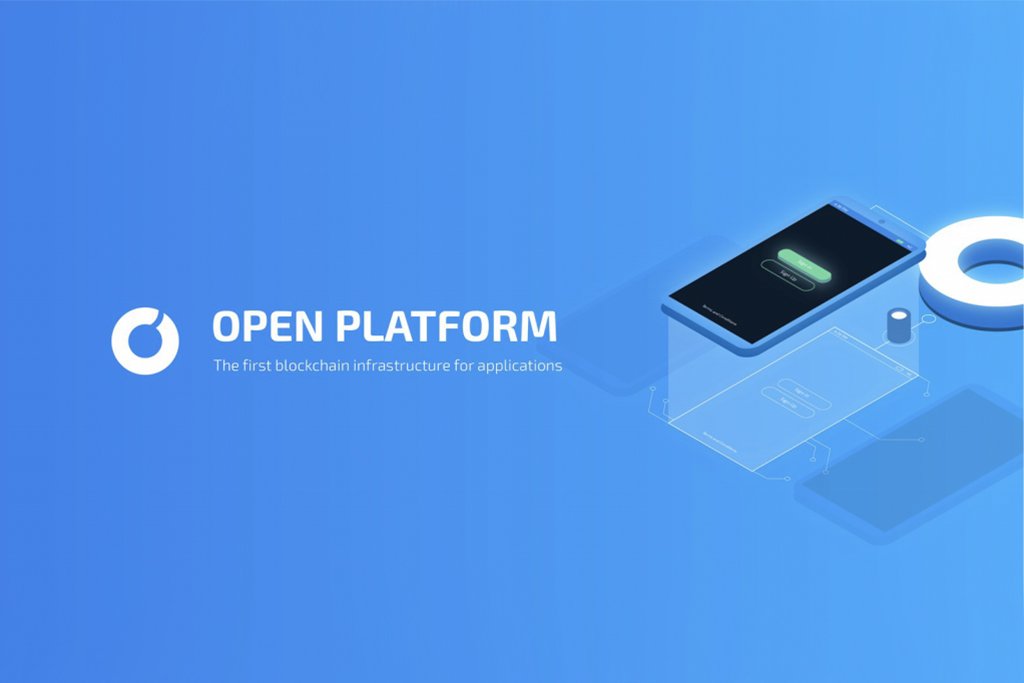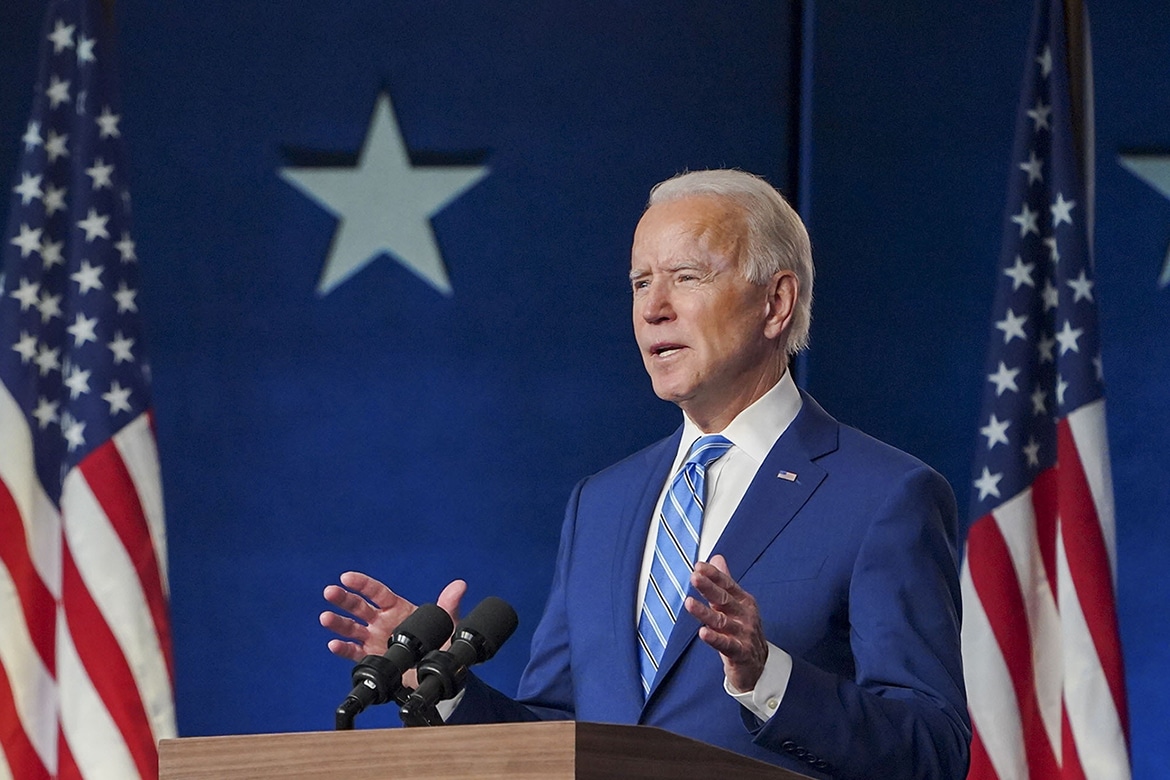
Darya is a crypto enthusiast who strongly believes in the future of blockchain. Being a hospitality professional, she is interested in finding the ways blockchain can change different industries and bring our life to a different level.
This new platform has been designed to make it easy for developers to integrate decentralized technologies into their current technology infrastructure. Which will contribute to facilitating the mainstream adoption of decentralized networks.

Blockchain technologies can provide incredible benefits to application developers. However, technical limitations exist in delivering decentralized solutions for required core aspects of how applications function in a conventional setting. Presently, no easy solution exists for application developers to integrate blockchain technologies into their core infrastructure, which is one of the main hurdles to large-scale adoption of blockchain platforms.
There are many ICOs and projects that attempt to provide payment gateways or niche applications to specific problems, but these projects tend to be hardcoded for particular applications which force more projects to try to reinvent the wheel. OPEN was designed to create a comprehensive approach to decentralized payment schemes for any developer application or software service.
https://twitter.com/OpenPlatformICO/status/1022232402607857664
OPEN is a platform that provides the application rails to connect all on-chain payments and the complimenting proof-of-goods into any application’s backend. OPEN’s architecture publishes proof of valid transactions which hold information surrounding the transaction, enabling limitless application level use cases. In a sense, the OPEN platform is the foundation for the first decentralized API for centralized applications.
According to the whitepaper, OPEN is designed to make it easy for developers to integrate decentralized technologies into their current technology infrastructure. This is meant to facilitate mainstream adoption of decentralized networks. The OPEN Platform’s ability to port its API abstraction layer to other chains provides every developer the opportunity to port their payment schema to a variety of different platforms to capitalize on the various features within chains.
The OPEN platform utilizes several different components of blockchain architecture, along with a Scaffold protocol which acts as payment infrastructure and verification scheme for a specific application, and an OPEN_State, which serves as the verified output that contains within it the desired result of the transaction or state of any payment scheme for a user of the application. At a high level, the OPEN API serves as the connection between these components on the blockchain and the developer’s existing infrastructure.
To activate a Scaffold, a developer needs the OPEN Token. OPEN token utilizes a unique utility design that not only powers infrastructure, but also provides a mechanism to grow developer adoption of the OPEN platform. By making the token’s function developer-centric, the introduction of a new token is not a barrier to adoption by the end user. The developer is responsible for purchasing OPEN Tokens and using them to create Scaffolds to power their applications.
On August 1st 2018, OPEN announced the launch of OPEN Blockchain Innovation Labs which has numerous partnerships, collaborations and support initiatives in development with a number of tier one academic entities across the globe, among them is the prestigious Viterbi School of Engineering at the University of Southern California.
https://twitter.com/OpenPlatformICO/status/1024732484829773824
OPEN is continuing to enhance their platform and recently released the platform’s technical upgrade.
https://twitter.com/OpenPlatformICO/status/1026893431493148672
According to the OPEN blog, the development team implemented a time slots mechanism for regulating block production. They do this by providing order and time, optimizing many of the data structures which are used, this way removing unused data and maximizing efficiency. The team completed development on Wallet WEB UI v0.1, which will serve as a basis for future WEB wallet implementation, address discovery to restore lost wallets, delegate reward structure, and block production time, as well as visual designs for both the web wallet and Explorer.
Moreover, the team has finished creating the voting system, essential for any type of DPoS implementation. Now, token holders can accurately vote for their delegate of choice with the weight of the vote automatically adjusted to the number of tokens held by that voter.

Darya is a crypto enthusiast who strongly believes in the future of blockchain. Being a hospitality professional, she is interested in finding the ways blockchain can change different industries and bring our life to a different level.




